And, in this post, we list and describe these palaces, including those that have been relegated to history.
We are a group of local tour guides, and we regularly visit many of the palaces listed below. A few of us have even worked at some of these palaces.
For some of these palaces, one of our guides takes you on a virtual tour, so that you can visit them wherever you are.
Let's get started!
Kensington Palace
Built at the request of King William III and Queen Mary II, Kensington Palace sits in the picturesque location of Kensington Gardens, next to Hyde Park.
The original Palace still survives today – looking nearly exactly how it would have when it was originally built in the 17th century.
And, in the video below, Sinead, a tour guide with Free Tours by Foot London, takes you on a tour of the public areas of Kensington Palace and the Sunken Gardens.
Kensington Palace was famously the home of Princess Diana and it was at the golden gates here that thousands of tributes and flowers were laid after her death in 1997.
In recent years, the palace was used as home to the Prince and Princess of Wales as well as their children: Prince George, Princess Charlotte, and Prince Louis, before the family moved to Windsor.
Kensington Palace is beautiful but compact - most people spend approximately 1.5 hours in the Palace itself.
You should allow for more time if you plan on eating in the Orangery or cafe, or if you want to enjoy the gardens.
Check out our post on getting discounted tickets to Kensington Palace.
Buckingham Palace
Beginning life as a house built by the Duke of Buckingham, today Buckingham Palace is the most famous residence of King Charles III.
Known the world over and the centre of royal engagements such as weddings, coronations, and jubilees, Buckingham Palace is a top destination for visitors from around the world.
Open to the Public?
The Queens Gallery and the Royal Mews are open all year round.
The State Rooms are only open when the Monarch is on holiday during the summer.
Read our post that explains how to visit Buckingham Palace on a tour.
NOTE: Buckingham Palace is one of the first stops on our Royal Westminster and All-in-One Tours!
And of course, you should consider experience the Changing of the Guard ceremony if your visit coincides with one.
Below, Tour Guide Sinead explains how to find the best spots to stand and how to move from spot to spot.
Hampton Court Palace
Originally built by Cardinal Wolsey, close confidant and employee of King Henry VIII, the Palace eventually came into the hands of Henry himself and today is the finest example of a Tudor palace in existence.
Original Tudor buildings that can be viewed include King Henry VIII’s kitchens, as well as the magnificent Great Hall, Chapel, and royal chambers.
It was here that King Henry VIII’s much desired son and heir was born, where his third wife Jane Seymour died, and where he last saw his fifth wife, Katherine Howard, mere days before her execution.
In the 17th century, King William III took over the Palace and added new buildings in the Baroque style, with much of it designed by master architect Sir Christopher Wren.
This means that today, Hampton Court Palace, is almost like two palaces in one, spanning a century of architectural design. Also available to visit is the beautiful gardens – and classic hedge maze!
And in the video below, Tour Guide Jessica, also a guide for Free Tours by Foot, takes you on a virtual tour through the palace.
In the vicinity of the Thames, Hampton Court Palace is situated in the southwest of London.
You can get to this historic location utilizing public transit even if it isn't located in the city center.
Take the train from Waterloo Station to Hampton Court Station for the most convenient route.
Cost:
- Adults - £25.30
- Children (5 - 15) - £12.60
- Concession - £20.20
- Family - 1 Adult and up to 3 Children - £44.20
- Family - 2 Adults and up to 3 Children - £69.50
- Children Under 5 - FREE
- Read our post on how to get discounted tickets to Hampton Court Palace.
St. James’s Palace
Built by King Henry VIII in the 1530’s, St. James Palace was a primary home to kings and queens for centuries, until the time of Victoria and Albert, who preferred to live in Buckingham Palace.
Although originating as a royal home, today the Palace houses of the Court of King Charles III and is used now for official functions as well as home to the household offices of various members of the royal family.
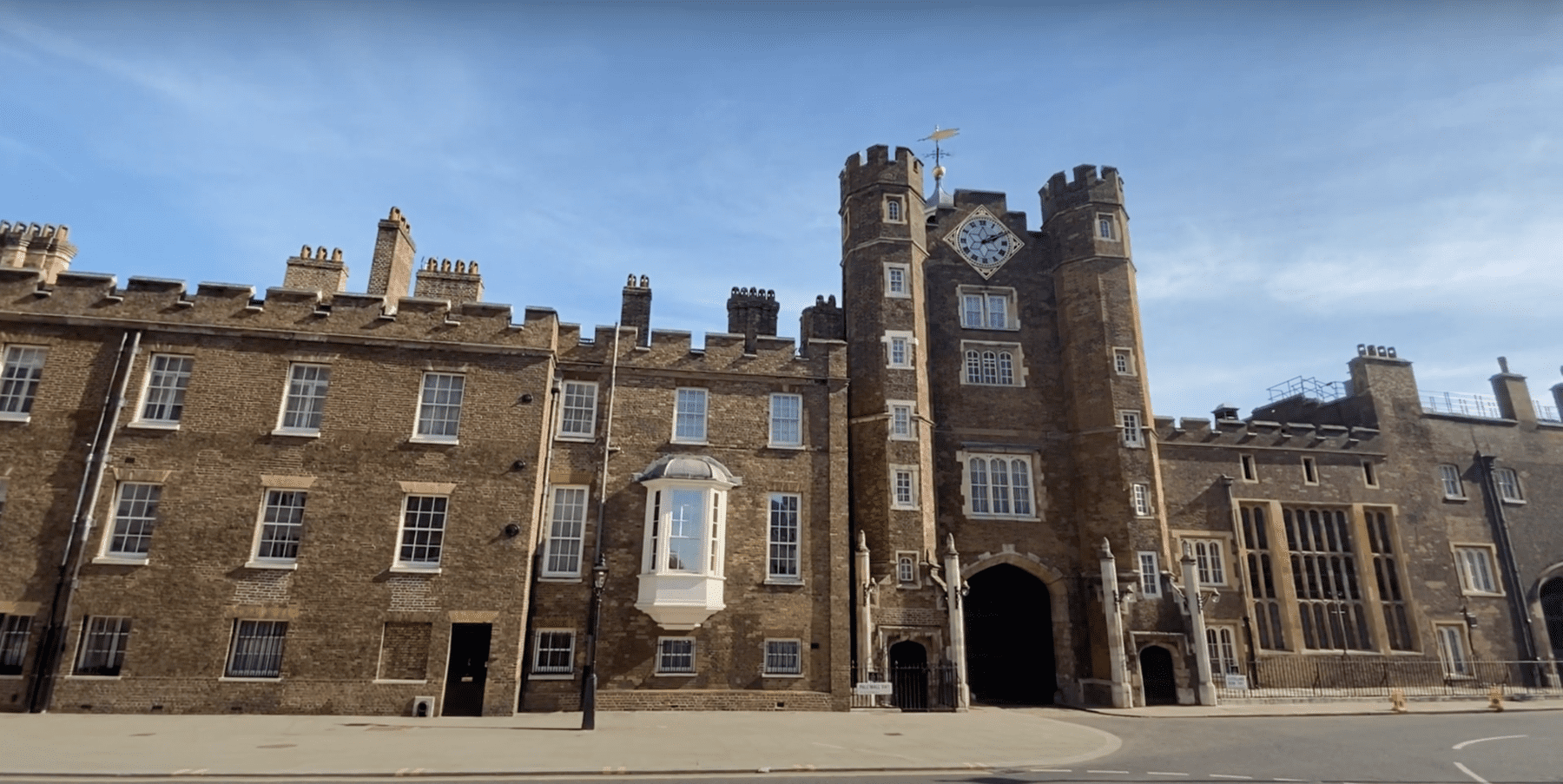
It was in the small chapel here, where Victoria and Albert were married in 1840 and that Prince George of Cambridge was christened in October 2013.
Open to the Public?:
No. Guests can view the original Tudor gatehouse and frontage from the street or watch the changing of the guard from its eastern courtyard.
Palace of Westminster
Better known as the Houses of Parliament, the Palace of Westminster was originally built nearly 1,000 years ago, in 1097.
The original Palace was home to kings and queens until 1512 when King Henry VIII moved out, leaving the building empty.
In 1547, his son, King Edward VI, gave the building to Parliament and they have been sitting inside the Palace of Westminster ever since.
Although the original palace was lost in a fire in 1834, the rebuilt Palace – designed by architect Charles Barry – is famous the world over and is definitely a must-see for Royal lovers the world over.
There is one original part of the palace still standing that guests can also visit: Westminster Hall – which has survived nearly a millennium and has played host to thousands of events over the centuries.
And in the video below, Tour Guide Margaret, who is also a guide for Free Tours by Foot, takes you on a virtual walk through the palace following the Queen's Route (now the King's Route).
Open to the Public?: Yes. Read our post on how to visit the Palace of Westminster and the Houses of Parliament.
NOTE: The Palace of Westminster is one of the stops on our Royal Westminster and All in One Tours!
Kew Palace
There have been multiple Kew Palaces on this site along the River Thames but the present Palace was built – and partially designed – by King George III in 1802.
George’s son, King George IV, eventually tore down parts of his father’s palace, a large and very grand building still survives.
Although it has not played home to a monarch for over two centuries now, it was here that Prince Phillip hosted Queen Elizabeth II’s 80th birthday party!
Situated inside the world famous Kew Gardens, it is only ticket holders to the gardens that can access Kew Palace.
And in the video below, Tour Guide Market takes you on a virtual tour of Kew Palace and Pagoda.
Open to the Public?: Yes - only with ticket to Kew Gardens. Read our post on how to get discounted tickets to Kew Gardens.
Eltham Palace
The original palace built here was given as a gift to King Edward II in 1305, and Eltham was from then on used as a royal residence from then up until the 16th century.
It was a favourite home of King Henry IV as well as King Edward IV, and it was here that King Henry VIII spent a large part of his childhood.
While King, Henry used Eltham for his Christmas celebrations until his newer palace in Greenwich was completed.
By the early 1600’s the palace was reported to be a ruin, and was sold to a man named John Shaw whose family owned the property until the 1890’s.
In the 1930’s Eltham Palace was completely redesigned and rebuilt in the Art Deco style, as it stands today, with Edward IV’s great hall the only original part of the palace surviving.
Open to the Public?: Yes
Website: https://www.english-heritage.org.uk/visit/places/eltham-palace-and-gardens/
Whitehall Palace
The main residence for English Monarchs from 1530 until 1698, the Palace of Whitehall was once the largest palace in Europe, with more than 1,500 rooms.
Built on top of York Place, formerly owned by Cardinal Wolsey, King Henry VIII turned Whitehall into his primarily London residence, marrying two of his wives at the palace.
Kitted out with a tennis court, bowling green, and a tiltyard, the Whitehall complex dominated the edge of the River Thames for over a century.
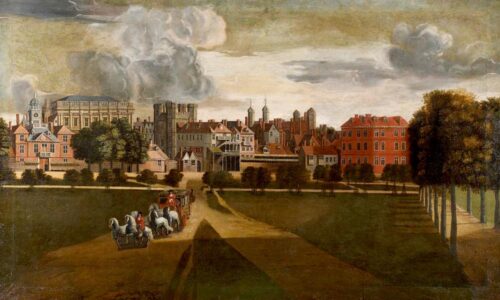
During the reign of King James VI and I, a new banqueting house was built, designed by Inigo Jones in 1622.
This incredible structure was topped with a ceiling painted by Sir Peter Paul Rubens, commissioned by King Charles I (who would shortly thereafter be executed outside the building).
By the 1690’s, the palace was the largest and most complex in Europe, but was nearly completely destroyed by a fire in 1698.
Only the Banqueting House survived - saved at the behest of King William III who ordered that the rest of the Palace should be allowed to burn in order for all manpower to focus on the saving of the hall.
Open to the Public?: Yes. Read our post on visiting Banqueting House.
Lambeth Palace
One of the oldest on the list, Lambeth Palace was put into the hands of the Archbishop of Canterbury as far back as the year 1200.
Today it is still the official London residence of the Archbishop of Canterbury.
It also contains the largest collection of records of the Church of England which are stored here in the Lambeth Palace Library.
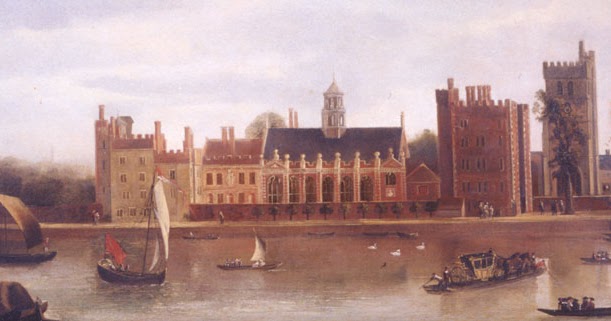
A fine and original Tudor gatehouse dating from the 1490’s can be seen, along with some original walls and red brick facades from the outside.
Inside, the Great Hall, Palace Library, Crypt and Chapel can be visited as part of a guided tour.
Open to the Public?: Partially and only occasionally
Website: https://www.archbishopofcanterbury.org/about-lambeth-palace
Winchester Palace
Located south of the River Thames, in today’s Southwark, Winchester Palace was built for the Bishops of Winchester in the 12th century.
The Bishops of Winchester were major landowners in the area, because the serving Bishop of Winchester served as the king’s royal treasurer.
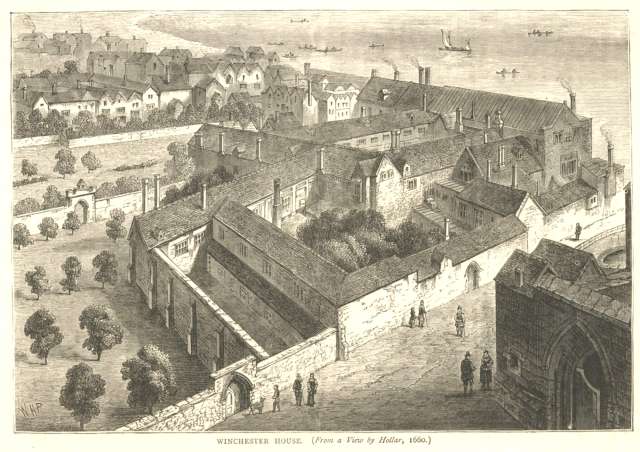
This meant he would need a base that gave him easy access to the palaces at Westminster and the Tower of London, and Winchester Palace served as such.
The palace stayed in use until it was divided into tenements and warehouses around 1700.
These were destroyed by fire in 1814.
Today, the only remainder of the once grand palace is a corner of the former Great Hall, believed to have been built around 1136, showcasing a once-beautiful rose window.
Open to the Public?: The remains of the great hall are viewable
Location: Pickford’s Wharf, SE1 9DN
Website: https://www.english-heritage.org.uk/visit/places/winchester-palace/
Somerset House
Originally built by Edward Seymour, Duke of Somerset in 1549, Somerset House came into possession of the Crown on Seymour’s execution in 1552.
Elizabeth I lived here during the reign of Queen Mary I,
And the building later found favour with many Queen consorts: Anne of Denmark (wife of King James I), Henrietta Maria (wife of King Charles I), and later Catherine of Braganza (wife of King Charles II) would all construct and improve the building, spending countless hours inside.

Refurbished by Christopher Wren in 1685, the building later fell out of royal hands in the 18th century and is currently open to the public.
Somerset House today holds a visitor centre detailing the history of the building, a shop and cafe, the Gilbert Collection of decorative arts, and an exhibition space featuring rotating productions.
The courtyard features concerts in the summer and ice skating in the winter and is often used quite frequently for filming (GoldenEye, Tomorrow Never Dies, The Duchess, Sherlock Holmes, Sleepy Hollow, etc).
Open to the Public?: Yes
Website: https://www.somersethouse.org.uk/
Crosby Place
Originally located in Bishopsgate in the City of London, Crosby Place was built in 1466.
Acquired by the Duke of Gloucester (later King Richard III) in 1483, the Great Hall at Crosby is the setting for several scenes in Shakespeare’s Richard III play.
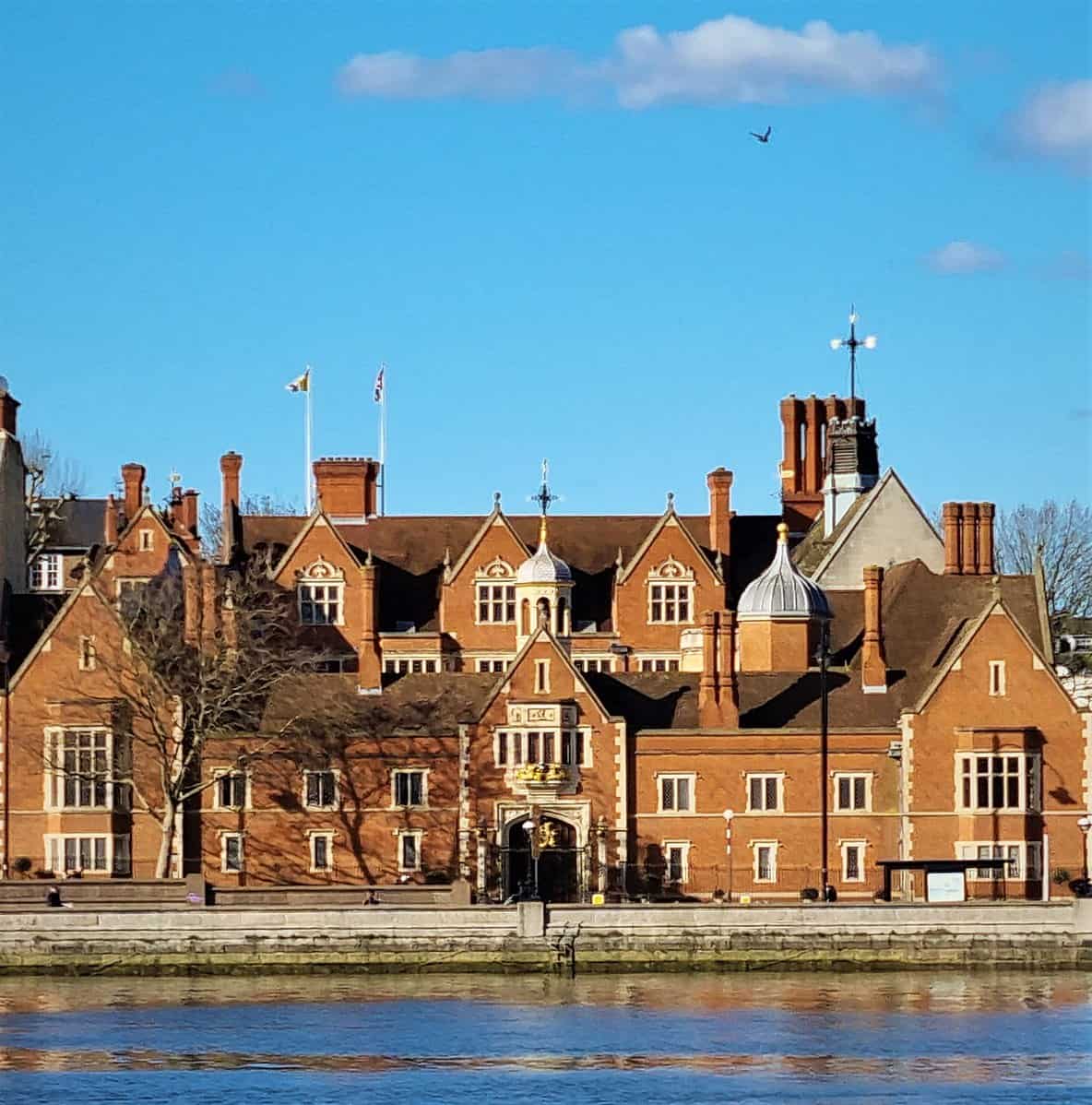
The building would later be occupied by Catherine of Aragon and Sir Thomas More, before it passed into private ownership.
Interestingly, it was turned into a restaurant in 1868 and in 1910 was moved from the City of London to its present site in Chelsea - paid for by the Chartered Bank of India, Australia and China who built new offices on the old site.
It is currently owned and inhabited by the Moran family.
Open to the Public?: No
Baynard’s Castle
Originally constructed by Ralph Baynard around 1086, Baynard’s Castle started as a Norman fortification.
It was demolished by King John in 1213.
A new version, constructed after 1428, became the primary headquarters of the House of York during the Wars of the Roses.
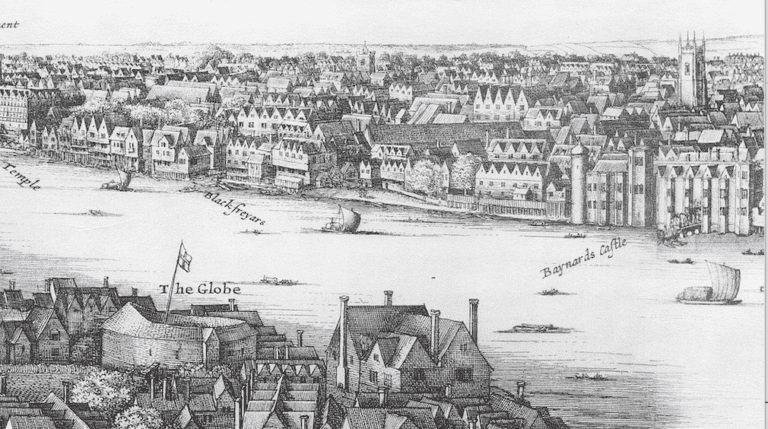
Restructured by King Henry VII, the palace was a gift to Catherine of Aragon from future King Henry VIII.
King Edward IV and Queen Mary I were both proclaimed in the castle, which was said to be the most interesting house in London.
The palace was largely destroyed during the Great Fire of London in 1666.
Location: Baynard House (office building) now stands - EC4V 4BQ
Bridewell Palace
A residence of King Henry VIII and one of his primary homes during his early reign.
Henry moved into the palace in 1515 and his son gave it to the City of London to be used as a prison.
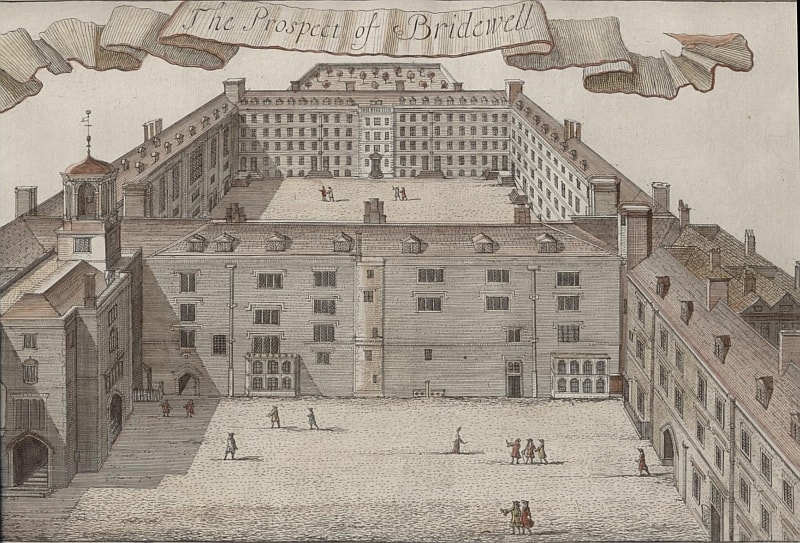
Most of the Palace was lost in the Great Fire of London and was gradually taken apart through the 19th century before finally being demolished.
Location: Partially where the Crowne Palace London Hotel Sits - EC4V 6DB
Richmond Palace
Built by King Henry VII, Richmond Palace was the later used by Henry VIII and was the official residence of his daughter, Mary.
Richmond was later a favourite home of Queen Elizabeth I, who died at the palace in 1603.
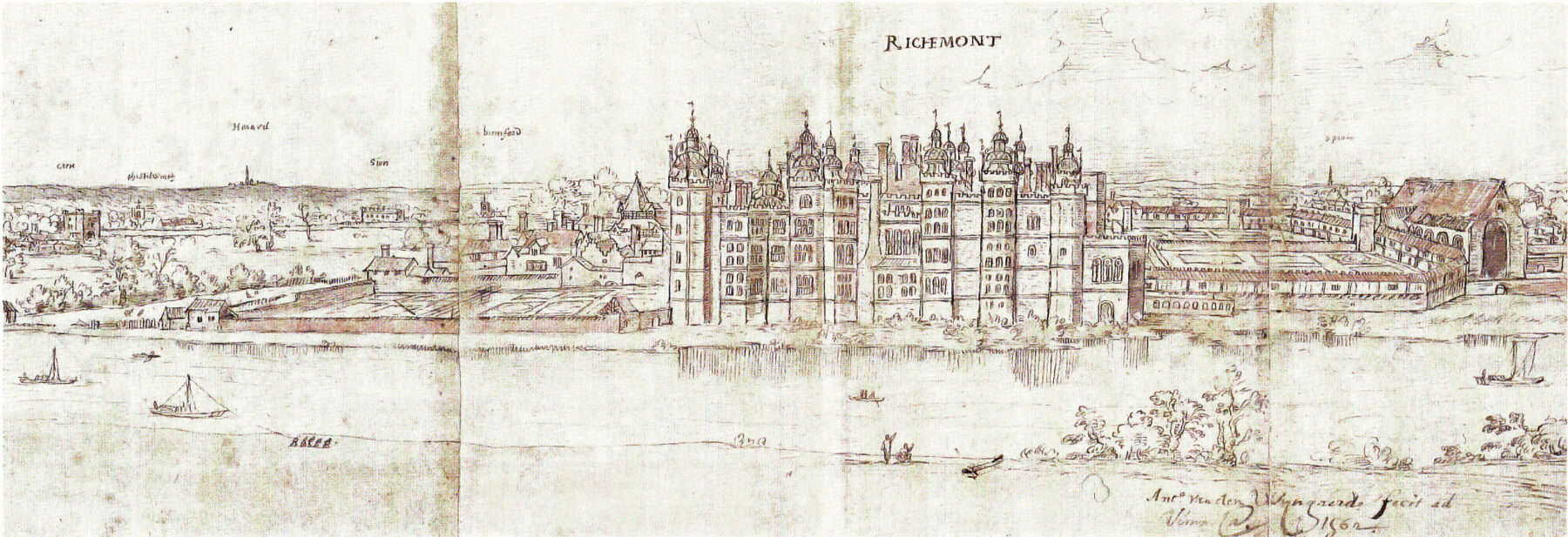
Upon the execution of King Charles I in 1649, the building was sold by Parliament and was largely demolished. Only the gatehouse remains.
Location: Just off Richmond Green - TW9 1LX
Nonsuch Palace
Begun in the 1530’s for Henry VIII, Nonsuch was the grandest of all Henry’s Palaces, the name itself referring to the fact that there was no such palace equal to it in size and grandeur.
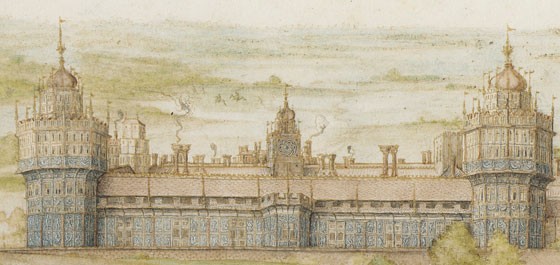
It was eventually gifted by King Charles II to his mistress Barbara, Countess of Castlemaine in 1670.
Barbara had it torn to pieces and sold the materials to pay off her gambling debts.
Location: Nonsuch Park in Cheam - SM3 8AB
Greenwich Palace
Also known as the Palace of Placentia, it was constructed in the 15th century by Humphrey, Duke of Gloucester and was later rebuilt by Henry VII.
It was the birthplace of Henry VIII as well as his daughter, Mary.
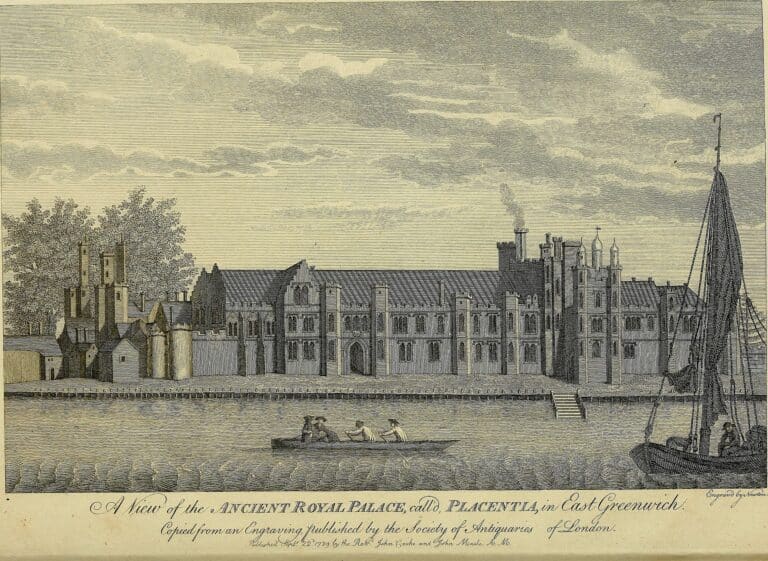
Charles II intended to rebuild the palace again in 1660 but this never came to fruition and the buildings were demolished.
The site was occupied by the Greenwich Royal Naval College and now, the University of Greenwich.
Location: University of Greenwich and Trinity Laban Conservatoire of Music and Dance - SE10 9JF
Clarence House
Built for the Duke of Clarence, future King William IV, in 1825, Clarence House was first designed by John Nash, although little of his original design remains.
The House passed through the royal family, being used by William’s sister, Princess Augusta Sophia, and later Queen Victoria’s mother, Princess Victoria of Saxe-Coburg-Saalfeld.
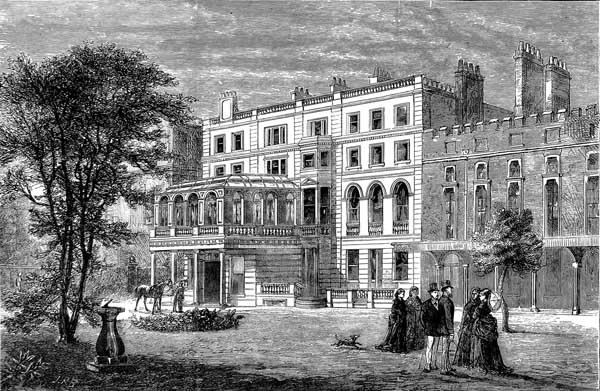
It was later the home of Queen Victoria’s second and third sons, Alfred, Duke of Saxe-Coburg and Gotha and Prince Arthur, Duke of Connaught and Streathearn.
It would later be home to Princess Elizabeth and Prince Philip, Duke of Edinburgh after their marriage and was the birthplace of Princess Anne.
Clarence House is perhaps best known as the home of the Queen Mother, who moved there with her daughter, Princess Margaret, when Elizabeth II came to the throne.
The Queen Mother resided there until her death in 2002 when it became the official London residence of King Charles III and Queen Camilla.
Clarence House was also a London residence of Princes William and Harry before their marriages.
Open to the Public?: Yes
NOTE: Clarence House is one of the stops on our Royal Westminster and All in One Tours!
Marlborough House
Sitting in prime position on The Mall, Marlborough House was a gift from Queen Anne to her favourite, Sarah Churchill, Duchess of Marlborough.
It remained the home of the Dukes of Marlborough for over a century before being given to the Crown in 1817.
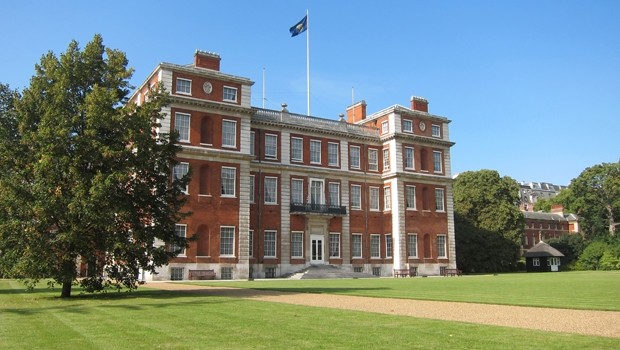
The House was home to Princess Charlotte of Wales (daughter of King George IV), Queen Adelaide (wife of King William IV), the future King Edward VII when he was Prince of Wales, and his son, future King George V when he was Prince of Wales in turn.
Queen Elizabeth II leased Marlborough House to the Commonwealth Secretariat in 1965, who is still based there today.
Open to the Public?: No
Location: The Mall, SW1Y 5HX
NOTE: We pass by Marlborough House on our Royal Westminster and All in One Tours!
White Lodge
Built as a hunting lodge for King George II shortly after he came to the throne in 1727.
It was a favourite of George’s wife, Caroline of Ansbach but on her death it was gifted to her friend, Sir Robert Walpole (the Prime Minister), before being passed back to Caroline’s family, given to her daughter Princess Amerlia.

It remained in the hands of the royal family, and used quite regularly, particularly in the 19th century, until 1925.
Today it is home to the Royal Ballet Lower School.
Open to the Public?: No
Location: Richmond Park, TW10 5HR
Queen’s House
Built between 1616 and 1635 near Greenwich Palace, Queen’s House was designed by architect Inigo Jones for the wife of King James I, Queen Anne of Denmark.
The first classical building to have been constructed in the country, Anne did not live long enough to see it completed.
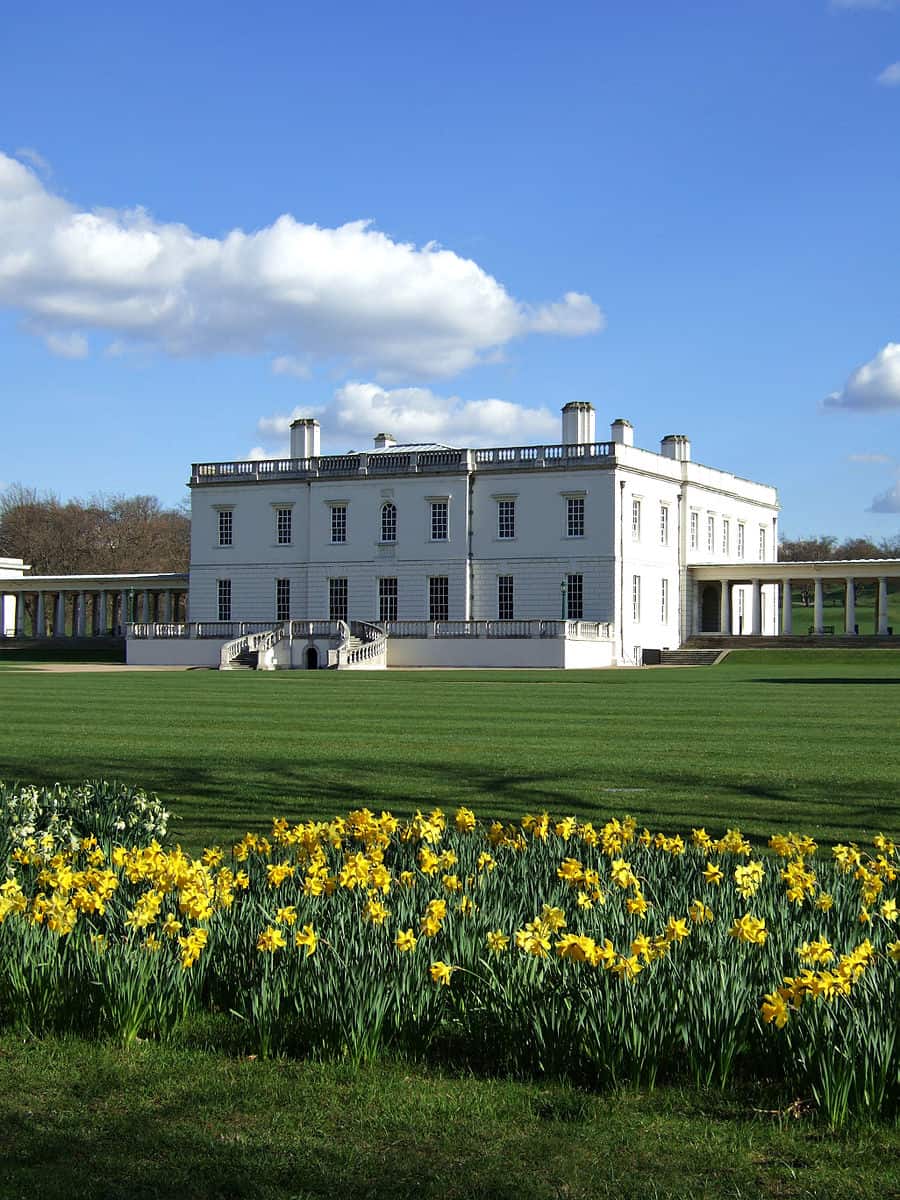
The house was given to her daughter-in-law, Queen Henrietta Maria who used it for seven years before the outbreak of the English Civil War.
During the war, the interiors were stripped and the house was scarcely used until Sir Christopher Wren’s Greenwich Hospital was built around it.
Today Queen’s House sits in the middle of the Old Royal Naval College.
Wren had to construct on either side of the house as Queen Mary II insisted the view of the river from Queen’s House not be interrupted.
The House now holds a stunning art collection, which is open to the public as part of a museum.
Open to the Public?: Yes
RELATED POSTS:







